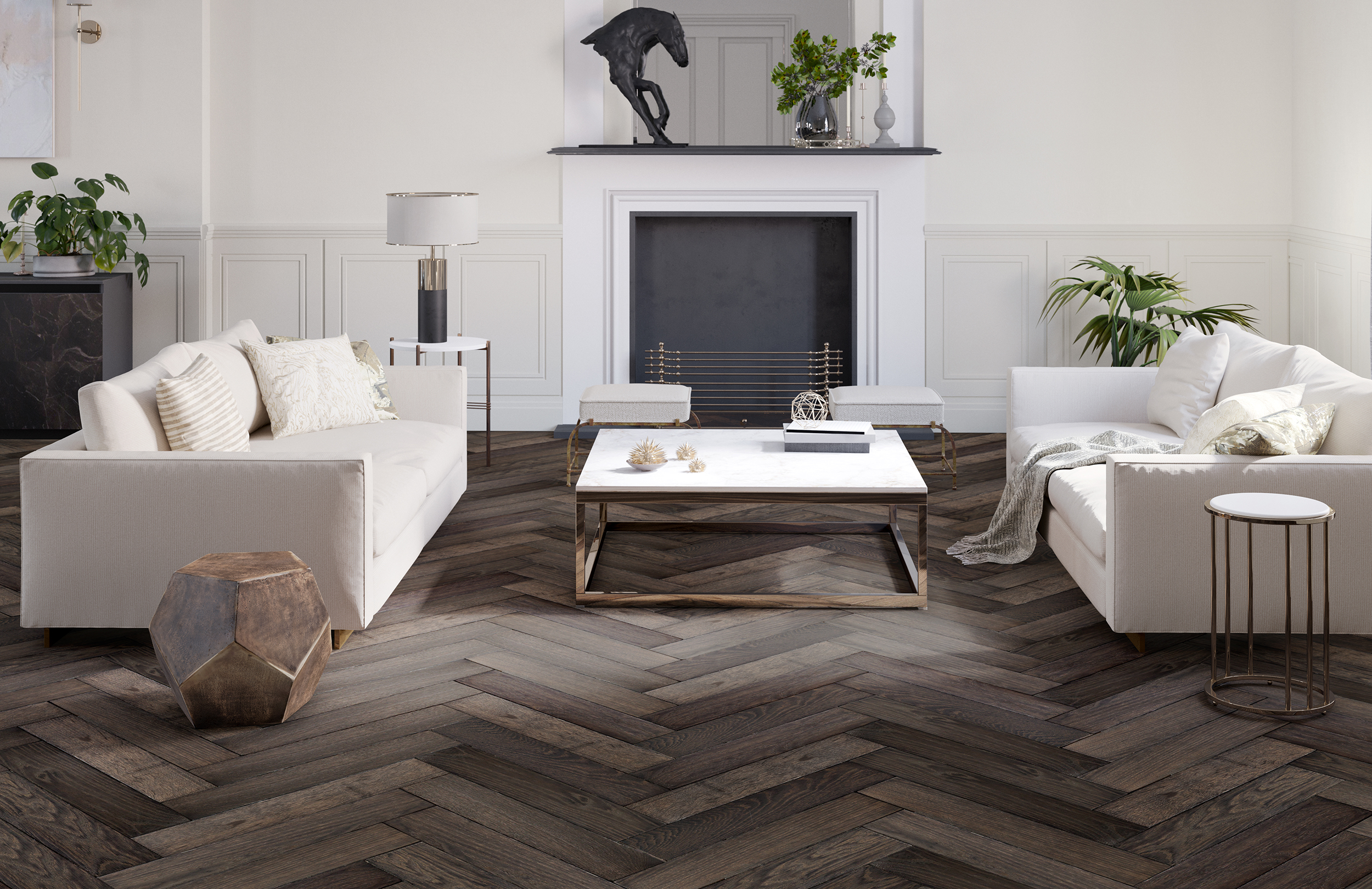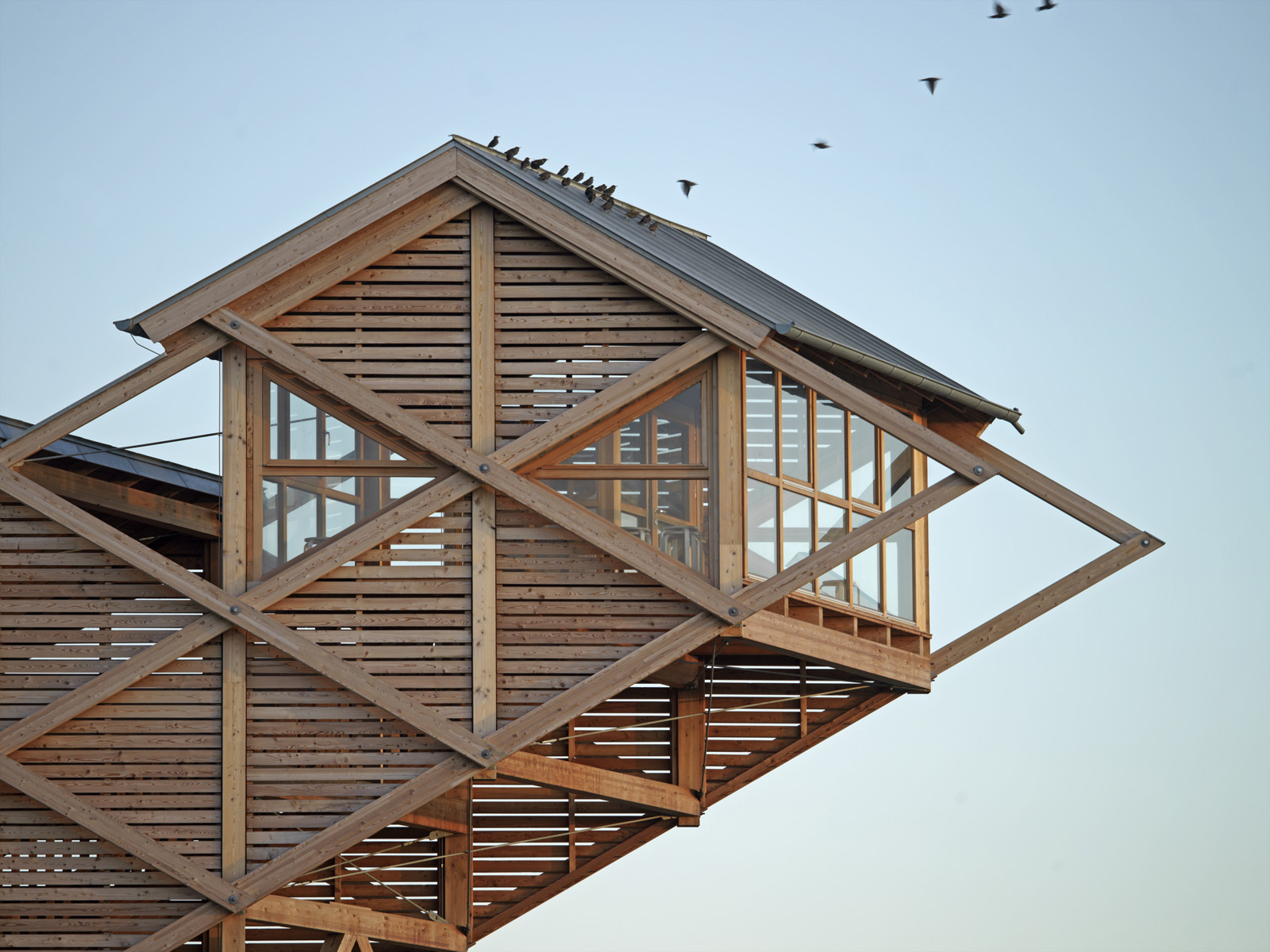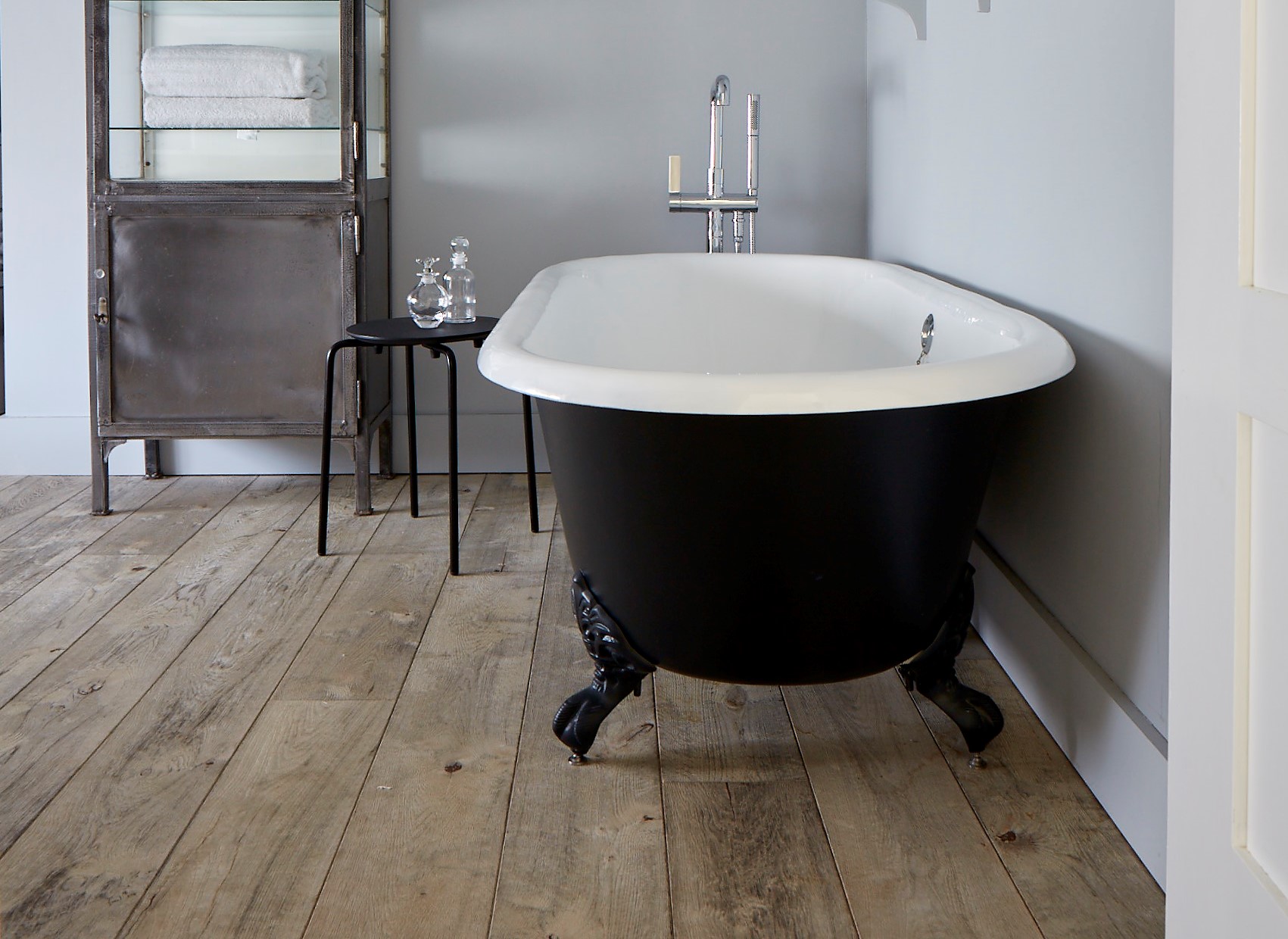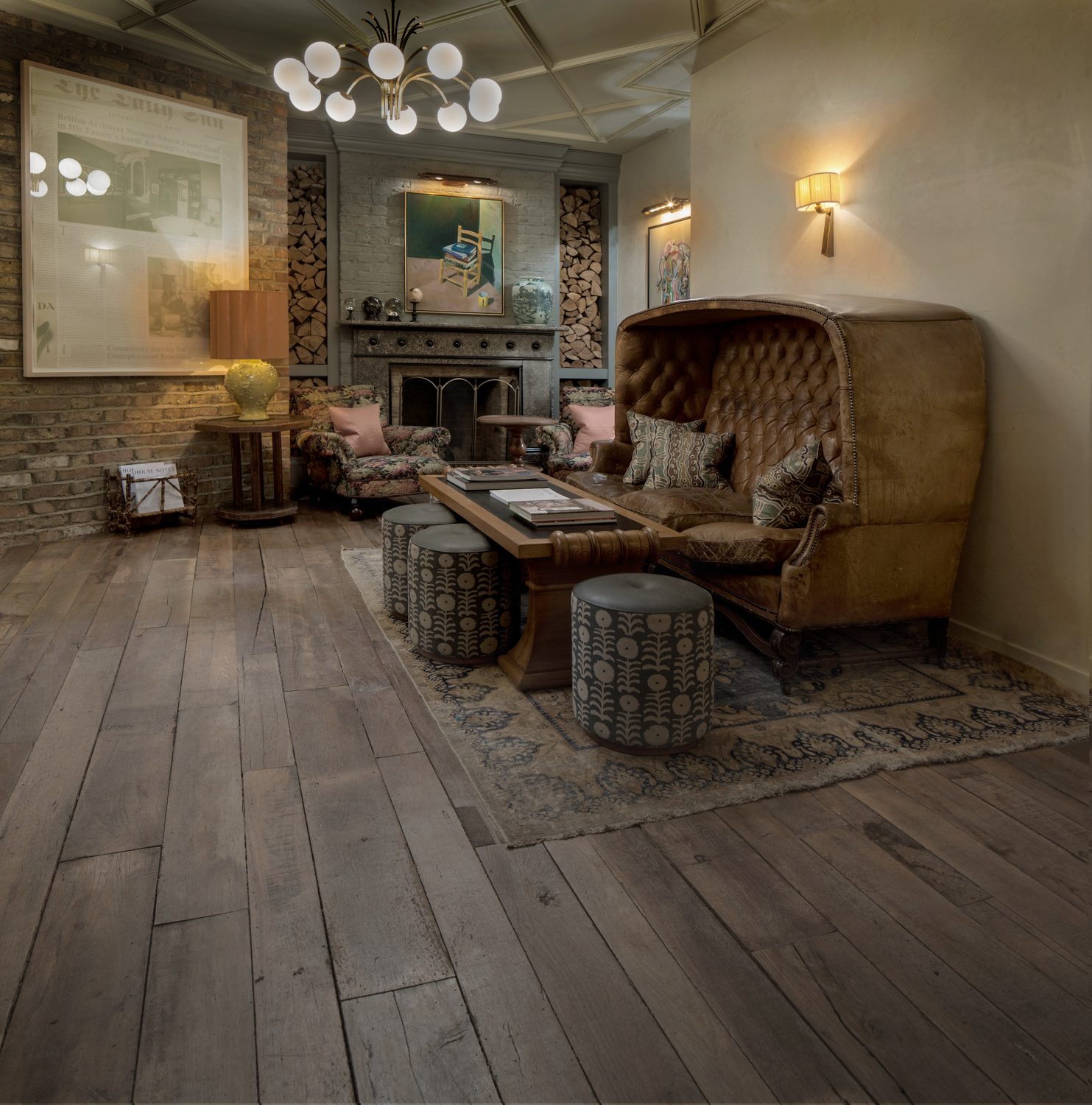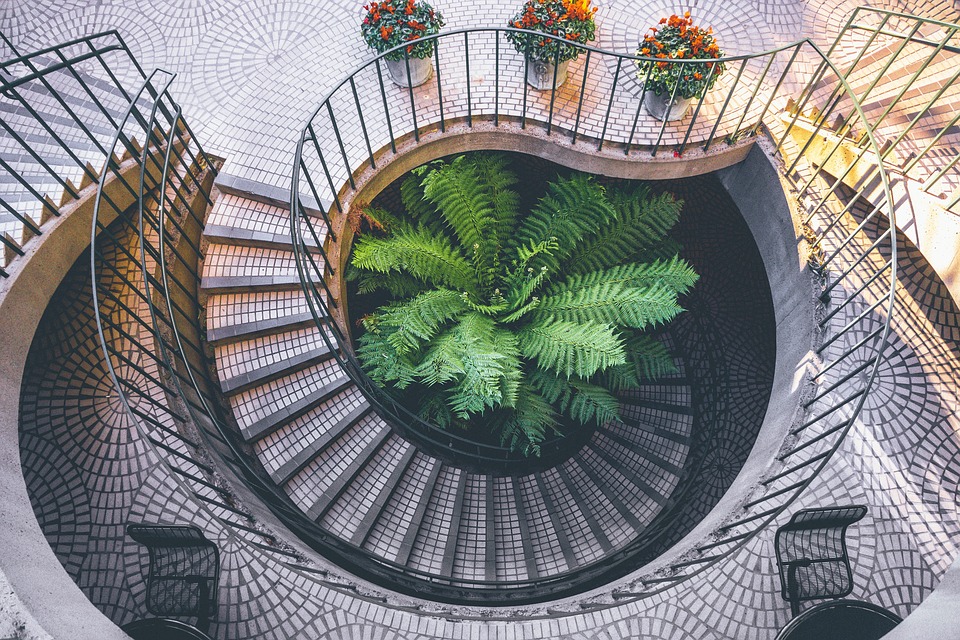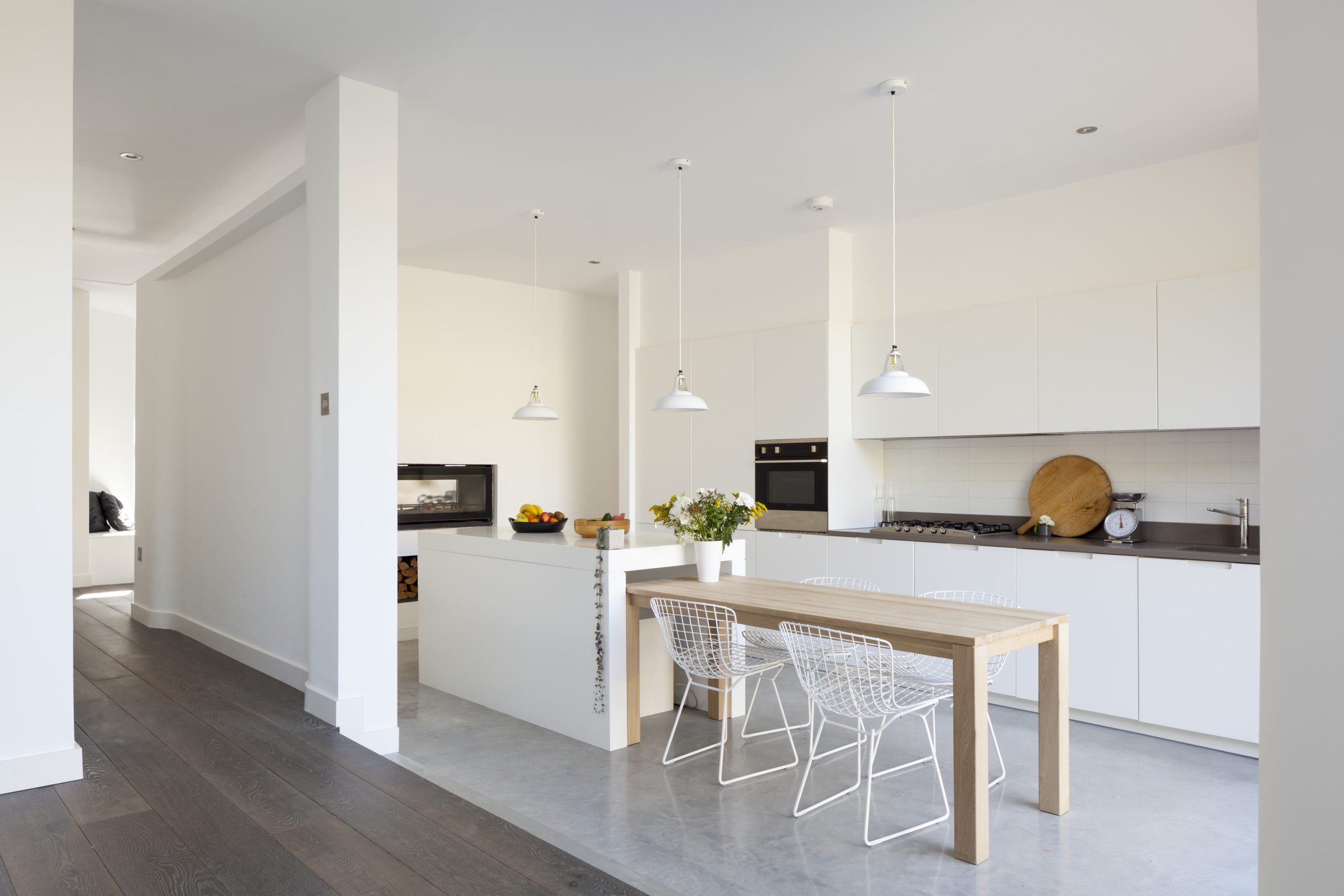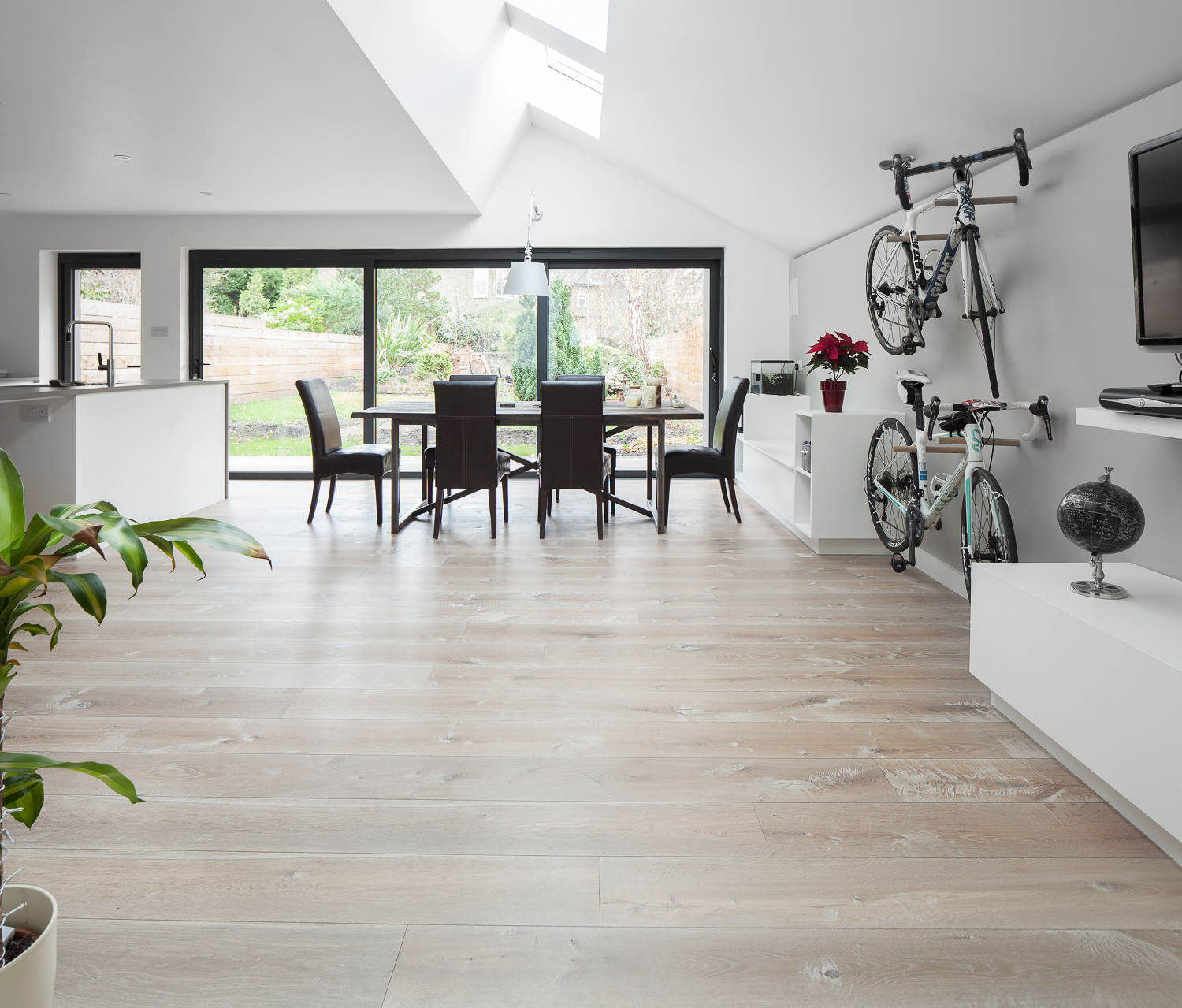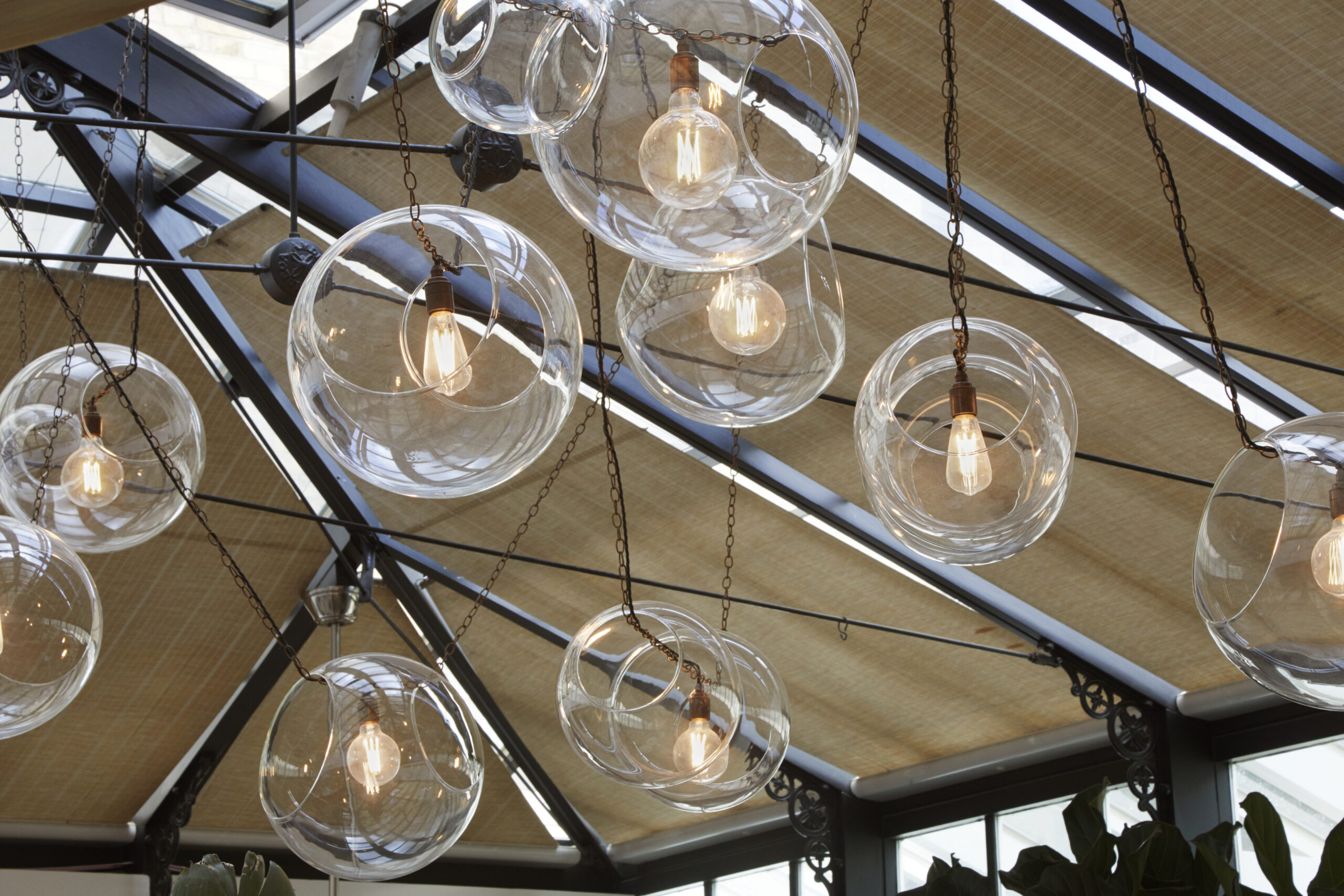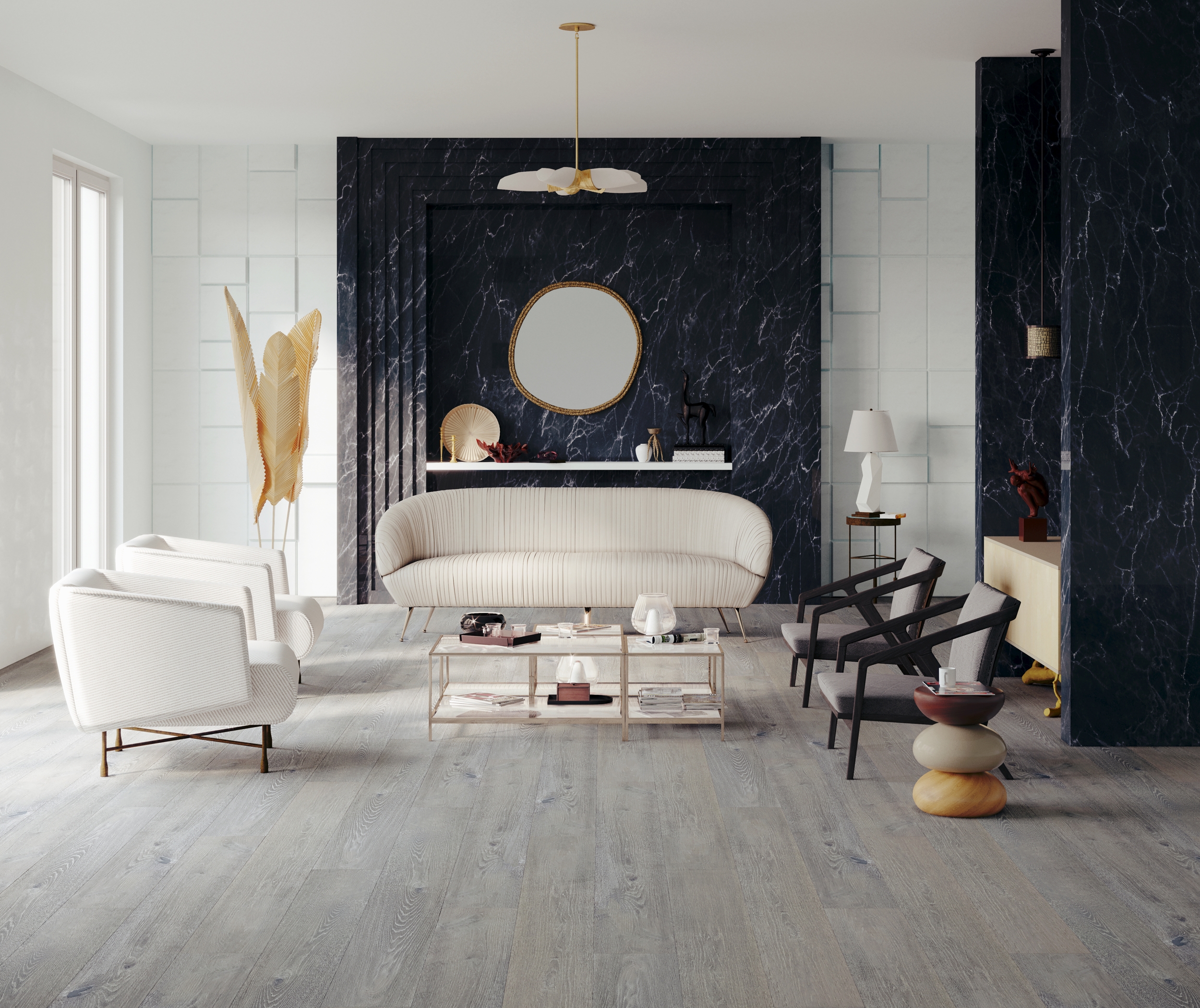
In 2020 unique trend narratives will unfold and begin to influence how we live and work.
In today’s fast-paced, scattered, multi-tasking culture; many of us are stressed and stretched. As a result, we’re looking for ways to gain balance in our lives — it’s, therefore, no surprise that wellness continues to be a huge area of focus in the interior design industry.
Below we’ve put together design trends predicted to transfuse into the new season and beyond.
Biophilia — connecting with nature
Architects and interior designers are realising just how crucial it is to design spaces with people’s wellbeing in mind.
This design ethos realises that both where we live and work can significantly influence our physical health as well as our emotional state of mind.
Therefore, it’s essential to create environments that positively stimulate our senses, that enhance productivity, creativity or relaxation, and that have health and wellness benefits to the people using them.
The positive benefits of biophilic design and its approach to our health and overall productivity are well documented and backed by science, too.
We live in a tech-centric age where we spend most of our time looking at screens, and less being surrounded by nature.
Biophilia aims to address this issue in urban environments by bringing elements of the outdoors into the interior environment. Research carried out by Human Spaces has found that workers reported feeling 15% more creative and 15% more productive when their workspaces made use of biophilic elements.
In 2020 we continue to witness the biophilic interior design trend becoming more and more of a necessity in the building of interior spaces, with both residential and corporate design moving towards introducing natural light, greenery, water features, natural materials such as wood and stone, and open spaces for quiet working.
Not only is biophilic design beneficial holistically for the home and workplace, it can also help to increase sales in retail spaces. Recent research indicates that customers judged that goods sold by businesses whose design was surrounded by nature were worth up to 25% more than those that were not.
Evidently, the hype surrounding biophilic design is not an empty one. It’s about more than just putting an indoor plant in your office or home — but rather, about weaving our ecosystem into our surroundings. After all, bioophilia covers wellness, productivity, and profitability in one, so expect this design trend to stick around throughout 2020 and beyond.
Environmentally-conscious and sustainable design
Essentially, the rapid growth in wellness building transpires partly from “consumer demand and lifestyle” and partly due to the swift environmental crises around the world.
Many businesses are moving towards ‘greener’ branding — and we can all do our part and invest in products, material and designs that won’t cost us the planet.
Sustainable design in 2020 will be more than just aesthetics and natural-effect surfaces.
The industry will see the rise of biodegradable materials and technologies being rolled out onto residential and commercial spaces.
Colours inspired by nature
Previous years have seen pared-back, minimalist designs and colours being extremely in vogue.
The Scandinavian approach often makes use of muted neutral tones: think grey, navy and beige to name just a few.
However, taking insights from this year’s Clerkenwell Design Week in London, one would see that “soft neutrals are slowly stepping aside”.
Although colours are such a personal thing, many interior designers suggest that restorative and earthy tones will remain big news in 2020.
It’s safe to say we will be swooning over hues such as forest green, ripe olive green, bronze, earth yellow and ochre to cohesively create inspired spaces that ooze calm and tonal balance, and yet maintain a luxurious feel.
Keep the look modern and fresh by incorporating an unexpected accent hue.
This could be any balanced pairings such as taupe with periwinkle blue, rust and pink or lilac, and mustard with dusty pink.
Reclaimed furniture, fixtures and materials
It’s going to be all about keeping a strong connection with the natural world via our interiors in 2020, and this means recycle, reuse, repurpose.
Natural materials and organic forms are already well and truly entrenched in our interior loving hearts and we can look forward to more of this next year and beyond.
This is a trend you can embrace wholeheartedly: think reclaimed wood not just on floors but on walls and ceilings too.
The power of patterns and fractals
Understanding of the natural world has moved far away from rosebud patterns plastered all over walls and furniture… Nature and organic life are visually a lot more geometric than we thought before.
If you zoom in or zoom out a thousand times, you get a pretty good view of the true beauty of nature’s intelligence.
One of the preferred ways to introduce patterns in interior design is taking inspiration from fractals in nature.
In 2020, we’ll see décor elements and fixtures that resemble patterns found in nature; from leaf veins and pinecones, to tree branches.
This is a significant trend as several studies suggest that the ordered complexity of fractals in nature can reduce stress and promote an overall sense of relaxation.
Open concept floor plan
Another significant trend in home design vernacular is the integrated living space that embraces large, open spaces and minimises small, enclosed rooms.
An open floor plan of kitchen, dining and living room (also referred to as “great room” combination) is a new must for modern life’s dynamic.
Such a distribution of living space works best in small footage homes but also lend an appealing layout for larger residential spaces.
Open concept layouts offer generous entrances and hallways that open onto courtyards or gardens and create a feeling of serenity from the moment you step inside the front door — and can enhance wider-than-average hallways that borrow light, air and floor area from adjoining rooms.
This spatial sharing visually eliminates interior barriers that can sometimes be conceived as dark, compact and unattractive.
Fascinating glass lighting
Light is increasingly becoming one of the most important elements in design — modern spaces are now designed around natural light sources, smart lighting systems to better match our natural rhythm, and artificial light that mimics daylight…
For 2020, the hottest trend is all things glass lighting.
What makes glass lighting fabulous is its ability to be incorporated into a range of interior aesthetics due to its multi-faceted design flexibility.
From a perfect trio of geometric shaped mid-century statement lights with stunning glass features (to bring back the mod look of the 60’s), to boho-chic chandeliers that give the style a modern flair, there isn’t an interior trend that glass lighting can not surpass.
Conclusion
The interior design world is dynamic and forever evolving — and whilst trends can be a big thing for a pretty short season, some stay with us for years and continue to surprise and delight. In 2020, wellness focused interior design will continue to take centre stage and offer new ways to update and transform our indoor environment. From the use of sustainable materials to incorporating colours that encourage us to relax. All upcoming wellness trends realise that good design can greatly influence our physical and mental well-being.


